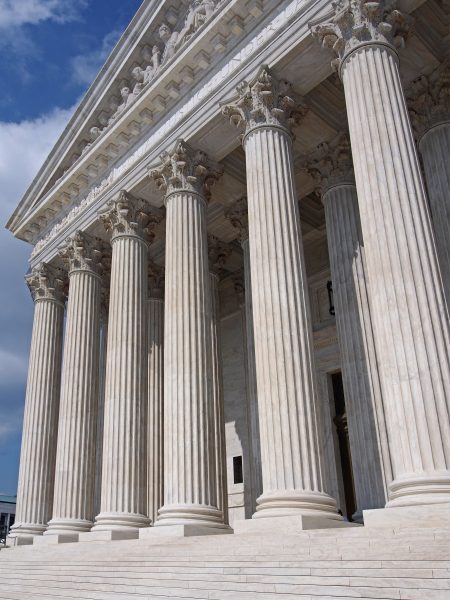SCOTUS Green v. Brennan Decision a Victory for Working Women

It was clarity, common sense, and civil rights for the win yesterday when the Supreme Court announced its decision in Green v. Brennan (“Green”). And in this case—as is often the case— when the three Cs win, women who face discrimination in the workplace also win.
Green presented SCOTUS with the question of whether the time limit for bringing a constructive discharge claim begins to run when an employee resigns or at the time of an employer’s last discriminatory act prior to the resignation. And in an exciting decision from which only one Justice (Thomas) dissented, SCOTUS declared that it begins to run after an employee resigns!
So now that I write that out, that probably sounds pretty unexciting if you aren’t an employment law nerd. But the implications of this decision for working women—too many of whom still face sex discrimination and, specifically, sexual harassment at work—are incredibly important. That’s because the majority of constructive discharge claims are brought in sex discrimination cases, frequently in cases challenging hostile environment sexual harassment.
For example, a woman may be unrelentingly harassed by her employer, making her work environment so intolerable that she eventually has no real choice other than to quit. That woman may bring a claim that she was unlawfully “constructively discharged.” Thanks to Green, it is now the law of the land that the time limit in which this woman must bring her claim starts from the date of her resignation, not from a difficult-to-ascertain date prior to the woman’s resignation on which the employer committed a discriminatory act. The Court, in an opinion delivered by Justice Sotomayor, applied common sense to conclude that because part of the “matter alleged to be discriminatory” in a constructive discharge claim is the employee’s resignation itself, the limitations period for such an action begins running only after an employee resigns.
Just as NWLC and the NAACP Legal Defense and Education Fund argued in an amicus brief to the Court, such a rule promotes clarity and helps protect the civil rights goals of Title VII by ensuring that victims of discrimination aren’t unnecessarily precluded from seeking justice. It is a far simpler rule for an employee to apply than having to determine which particular discriminatory act in a series is the “last” one triggering the limitations period. And it doesn’t illogically deprive employees of the time they need to determine whether and how to file a claim by starting the clock ticking before a plaintiff can even file suit for constructive discharge. It also gives employees important time to explore internal channels for resolving discrimination instead of being rushed into quitting and initiating litigation.
In short, this decision helps working women, and all victims of workplace discrimination, obtain justice for the discrimination they have suffered. SCOTUS FTW.




